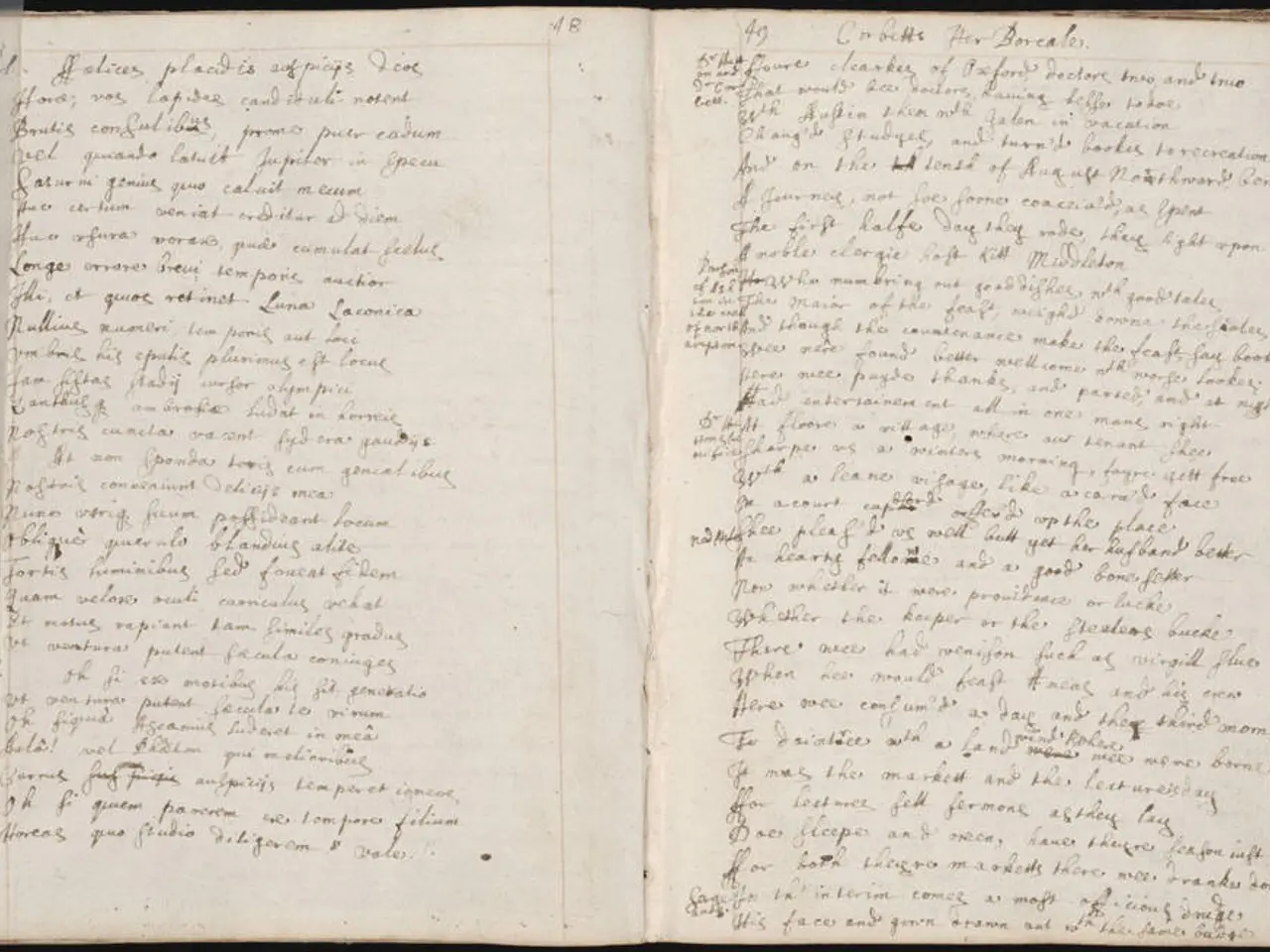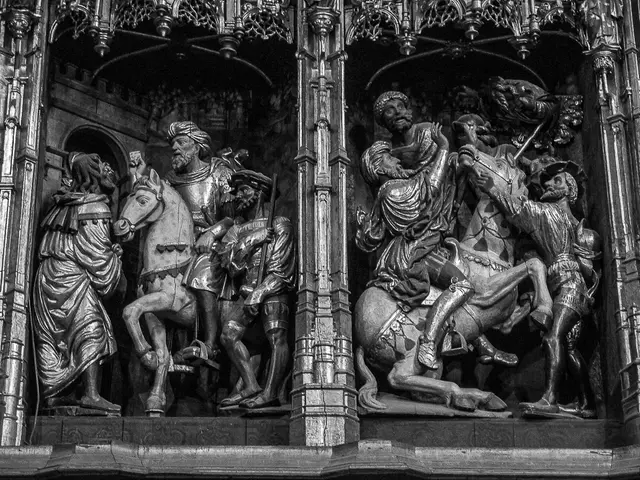Develop Compelling Personages by Incorporating Inner Struggles
In the realm of storytelling, few elements are as crucial as the character's journey. One of the most effective ways to create memorable and engaging characters is through the use of internal conflicts. These conflicts, which lie at the heart of a character's psyche, drive their actions, decisions, and ultimately, their transformation.
Let's take a look at Scout Finch from Harper Lee's "To Kill a Mockingbird." Her turning point occurs during the trial, forcing her to grapple with her understanding of morality and justice. This internal struggle leads to her eventual growth, providing a powerful example of character development driven by internal conflict.
Similarly, characters like Tony Stark from the Marvel Cinematic Universe and Joe Goldberg from "YOU" captivate audiences with their intricate internal conflicts. Stark's struggles with guilt, responsibility, and identity, and Goldberg's balance of charm and darkness, make their character arcs particularly magnetic.
So, how can writers create characters with compelling internal conflicts? Here are some effective techniques:
- Start with the tension between what a character wants versus what they truly need. This contradiction fuels emotional movement and drives the character arc.
- Establish vivid internal conflicts, such as fear, guilt, denial, or unresolved past traumas, which act as obstacles to growth.
- Apply external pressure and challenges that expose and amplify internal struggles. Events, relationships, setbacks, and difficult choices force characters to confront their inner dilemmas.
- Break conflicts into smaller, meaningful scenes where each resolution involves a choice or change, ensuring progress in the character’s internal journey feels earned.
- Use backstory and character journals to deeply explore motivations, fears, and aspirations.
- Create role-reversal scenarios where characters face situations opposite to their usual roles or environments.
- Intertwine internal and external conflicts so that a character’s internal struggles affect and are affected by external obstacles.
- Incorporate high stakes and clear motivations so the conflict feels personal and urgent.
- Use thematic elements and motifs to reinforce the nature and significance of internal conflict subtly throughout the story.
By applying these techniques systematically, you create characters whose internal conflicts not only captivate readers but also drive the story’s emotional core and transformation. Pivotal moments and turning points are essential in forcing characters to confront and resolve their internal conflicts, leading to growth and adding emotional depth to character arcs in literature.
At Greenlight Coverage, they believe that internal struggles are the primary mechanism for character evolution. To emulate successful characters, develop characters with multifaceted internal conflicts, ensure characters evolve through their struggles, and keep conflicts and responses authentic and applicable to real-life experiences.
For instance, Harry Potter's internal struggles with identity, courage, and destiny drive his actions and growth, enriching the overarching narrative of defeating Voldemort. Similarly, Lisbeth Salander's internal conflicts stem from past traumas and her quest for vengeance and justice.
In conclusion, harnessing the power of internal conflicts can help create characters that resonate with readers and captivate audiences. By understanding and applying these techniques, writers can craft characters whose internal struggles not only drive their actions but also become the emotional core of their stories.
Read also:
- Setting Up and Expanding Operations at a Soil Blending Facility
- Surveying the Scene: Legality, Drones, and American Anti-Terror Strategy
- Regional University's healthcare system strengthened through collaborative partnership with Chancellor Dr Fiona Hill
- Exploring the vanguard of eco-friendly advancements: mycorrhizal partnerships and internal plant organisms








